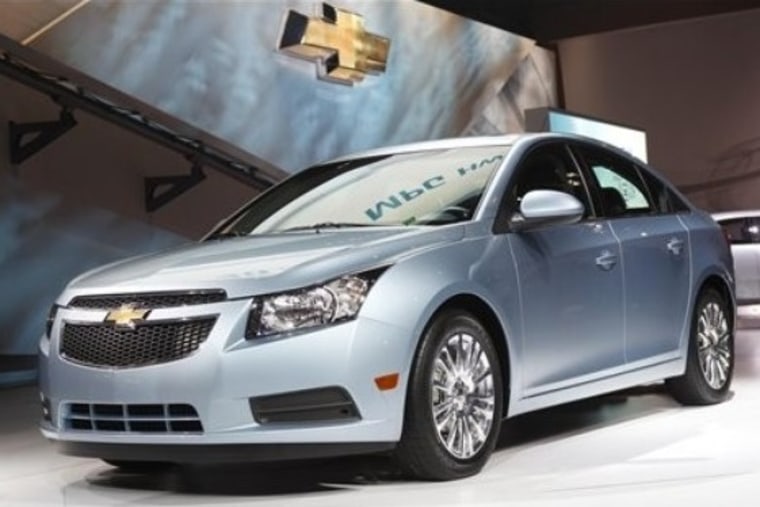While record low fatality rates indicate that today’s cars are safer than ever, the latest crash test results confirm that some models still do a better job than others at protecting their occupants in a serious collision.
Thanks in large part to advancements in automotive engineering and mandated safety features like airbags and electronic stability control (along with stricter seatbelt and impaired/distracted driving laws) traffic fatalities have dropped by 25 percent over the last five years. Unfortunately they still accounted for a total of 32,788 deaths in 2010 according to the National Highway Traffic Safety Administration.
Nowhere is choosing the safest auto available more important than when shopping for a small car, where every advantage is essential. That’s because the laws of physics dictate that, all else being equal, a smaller and lighter vehicle will tend to fare worse in a crash than a larger and heavier model. Compacts and subcompacts are becoming increasingly popular among cash-strapped buyers and empty nesters looking to downsize their rides; J.D. Power and Associates says they’re on pace to outsell midsize entries for the first time in nearly two decades.
Forbes.com slideshow: Safest small cars for under $20,000
Fortunately, those shopping for a small car for themselves or younger members of the family will find a burgeoning selection of models from which to choose that are rated as “Top Safety Picks” by the Insurance Institute for Highway Safety (IIHS). To qualify, a car must garner top scores across the board for performance in front, side, rollover and rear-end crashes based on ratings determined by the IIHS’ evaluations. Vehicles are classified in each category on a basis of “good,” “acceptable,” “marginal” or “poor” performance.
“For the second year running a record number of models qualify as Top Safety Picks,” says IIHS president Adrian Lund. “It’s tough to win, and we commend auto manufacturers for making safety a top priority.”
For testing a car’s crashworthiness in a frontal collision, the IIHS performs “offset barrier” tests at 40 mph, using average-size male test dummies. Here, only part of a vehicle’s front end hits a deformable barrier, which simulates the front of another vehicle. This test is said to provide a good indication of how well a vehicle’s structure will be maintained in a crash to protect its occupants, particularly against injuries to the lower extremities.
Forbes.com: The best cars for the buck
The IIHS’ side-impact test approximates the front end of a full-size pickup truck or SUV striking the passenger’s side of a vehicle at 31 mph. The potential for injuries are measured using test dummies that approximate a small female or adolescent child. The IIHS uses smaller dummies here because its data suggests that women are more likely than men to suffer serious head injuries in a side impact collision.
Rollover protection ratings are based on roof crush tests. To earn a “Good” rating here, a vehicle’s roof must be able to withstand a force of four times its own weight before reaching five inches of crush depth. The IIHS estimates that such roofs reduce the risk of serious and fatal injury in single-vehicle rollovers by about 50 percent compared with those that merely meet the federal minimum requirement for crush resistance.
While deaths from rear-end crashes are relatively low they’re one of the most common causes for whiplash-type neck injuries, which result from the sudden jerking forward of an occupant’s head and torso. The IIHS simulates rear-end collisions using a combination of static measurements and active crash-dummy testing to determine how well the vehicles’ seats and head rests support their occupants in a rear-end collision at 20 mph.
Forbes.com: Cars that can run for over 200,000 miles
The IIHS’ list of Top Safety Picks among small cars with sticker prices that start at under $20,000 (including destination charges) has grown to 20 selections for 2012, up from just 12 a year ago. Newly added recommendations this year include the Chevrolet Sonic, Fiat 500, Ford Focus, Honda Fit and Insight, Hyundai Elantra, Scion xD and Toyota Yaris. Click on the gallery link to see the full list and photos of the IIHS’ Top Safety Picks in this class.
Forbes.com: The most anticipated cars of 2012
Forbes.com: The best used cars for the money
Forbes.com: Most successful cars for 2011
